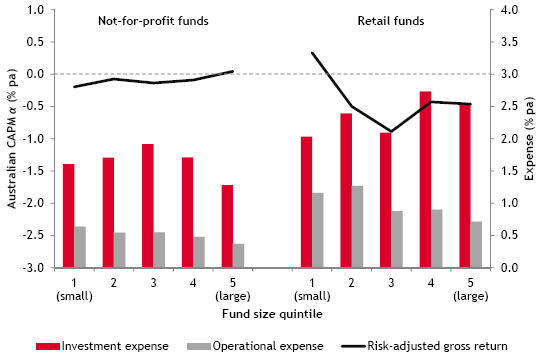Performance And Risk Income Investing And The Sharpe Ratio
Post on: 16 Март, 2015 No Comment

Summary
- The performance and risk of Dividend, Dividend-Growth, and Consumer-Staples income strategies are compared over the past 12 years.
- Returns and Risk are analyzed using the Sharpe ratio and standard deviation.
- A simple strategy for improved returns at lower risk is illustrated.
How do you measure risk? Everybody knows that higher investment returns imply higher risks, and lower risks mean lower returns. It’s a simple concept, but things can quickly get muddy when comparing two investments. Even for two investments that have similar returns, one can be riskier than the other. Things get even more complicated when comparing two investments with different returns. The stock with lower returns is not always the safer stock.
The Sharpe Ratio
William Sharpe came-up with what has became known as the Sharpe ratio back in 1966. Simply put, the Sharpe ratio divides returns by risk, and produces a number that represents the amount of return that an investment achieves per unit of risk. Higher values imply a better return on a risk-adjusted basis than lower values.
For risk Sharpe used the standard deviation of annualized returns. Bigger fluctuations in returns (e.g. volatility) equate to higher risk.
Here is the Sharpe Ratio:
The Sharpe ratio subtracts the risk-free rate of return from annualized returns in an attempt to capture only the portion of returns above that which is considered to be risk-free. T-bills or money-market rates are often used as the risk-free rate of return. The risk-free rate of return can also be a series of risk-free rates over time, corresponding to the series of returns.
While there is plenty of literature on various investing strategies that document the hypothetical returns for the strategy compared to the overall market, there is no substitute for studying how the strategy has actually performed in the real world. Nowadays there are plenty of strategy and sector-based funds that allow us to do that.
For this study, the 12-year period evaluated was 2003-2014 was used. I selected three different income-investing approaches: Dividend funds, Dividend-Growth funds, and Consumer Staples funds. I also used the S&P Large-cap and Mid-cap indexes for a reference.
For each class of fund, six funds were selected from the fund-providers having the longest history. If a fund-provider had more than one fund of that class, the best-performing fund was chosen. Returns for each class of funds were averaged together to represent that class. For the index-funds, SPY and MDY were used for large-cap and mid-cap, respectively.
In addition to calculating the average return and Sharpe ratio for each strategy, the maximum drawdown was recorded and standard deviation is shown for each class of funds. Maximum drawdown is the biggest peak-to-trough for observed during the period, and in all cases occurred during the great recession.














